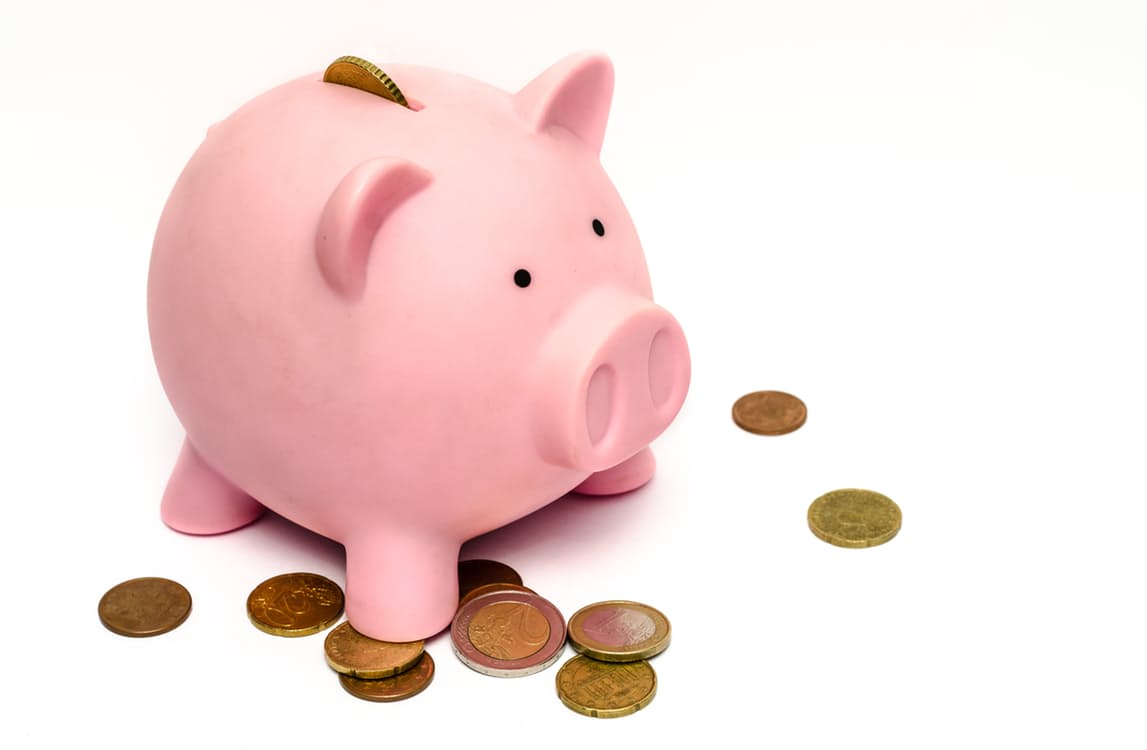
After writing Get Your Wallet in Order: Money Lessons From One Diva To Another PT. 1, I realize that it would be helpful for you get some tips on how to correct the debt if you already dug yourself into a hole. I am a firm believer that it’s never too late to change your negative patterns and head in a better direction. As I said in Get Your Wallet In Order: Money Lessons From One Diva To Another PT. 1, credit card companies want to keep you in debt and they profit by charging high interest rates. If your spending habits have created debt in your life, I want to help you get your wallet in order by reducing and then eliminating your debt.
Identify that you are in debt.
Many of us have heard the adage “the first step to solving a problem is admitting you have one.” It took me a while to get to this point but when I did, it was because I was drowning in debt. Let me help you: If you are spending money that you don’t have on things that you don’t need, that’s a problem. We must learn to live within our means. That means not spending beyond our income. If your credit card balance is high and/or is growing, I am talking to you.
Now that we have identified that there is a problem, let’s look to solving it! We are going to make positive changes in our lives that will lead us into victory over our debt. The first change is to get the credit cards out of your wallet. Don’t fool yourself into thinking you need them. What you need is to learn how to stick to a budget. I am very firm in this because I have seen the disaster that is created with skewed priorities. My credit card debt had grown so out-of-control that I thought I needed my credit cards for something as simple as groceries. Adjustments can be made to get you to the right place.
Make Adjustments.
The first adjustment is with your budget. Begin by writing down your current budget. Include every penny from your paycheck(s) and all other income. Take a close look at where you are now, decide that you are ready to make changes to get to where you want to be, and make your budget work for your goals by prioritizing your money properly. If all you can afford is the minimum payment on your credit cards, that is fine for now. You will begin to see progress now that you have decided to stop adding to the balance. I would encourage you to make other cuts in your life to speed up the payoff process.
Cuts you can make to help you get out of debt faster:
- Consider downgrading or cancelling cable.
- Lower your cell phone plan and stay within the limits.
- Make coffee at home instead of spending money at the coffee shop.
- Dine out less. And when you do go out, stick to a spending limit.
- Make your friend gatherings free or low cost hangouts.
- Buy generic.
- Curb your shopping.
- Find a new auto-insurance carrier.
- Create home-made gifts or regift items.
- Go makeup free on the weekends (or more often).
- Expand your wardrobe by sharing clothes with friends.
- Dress from the back of your closet to rediscover what you already have.
In addition to making cuts, find ways that you can add to your income. Consider babysitting, getting a second job, or doing chores for family/friends that are willing to pay for your services. And when your tax refund comes, be sure to prioritize your debt progress! Adjust your budget each month to plan for irregular expenses and incomes. Always know where your money will go before you receive it. The longer you hold onto your available funds, the more likely your money is to disappear.
My job pays me once per month. I make sure that my budget is completed before my paycheck is deposited into my account. Be sure that your budget includes your tithes payment as a bill! The tithe is a tenth of your gross income. Be sure to work your budget around your tithe because God should be our number one priority. I once made the mistake of using my tithes to help me achieve my financial goals and despite the fact that I had more money in my budget, my finances got worse. Everything we have belongs to God, and we must steward our resources properly. Show your obedience here as you ask God to bless you financially.
In my budget, I make adjustments for birthdays, car maintenance, holidays, weekend plans, changes in income (which means changes in the tithe), and other events for each month. I include my credit card minimum payments in my budget and I also include a set amount for how much extra I could reasonably afford to add toward my debt reduction goals. With the budget set before I receive my income, I am ready to pay bills the moment my paycheck reaches my bank account. After paying bills, including credit card minimum payments, I review my budget for how much I allotted toward paying down debt. I prioritize that payment before my spending money. When I first started this endeavor, I had very little spending money. That amount has increased as my financial situation has improved so now I am able to spend a bit more on gas, groceries, hangouts, gifts, and cosmetics.
Methods of paying down debt.
Once you’ve assigned yourself an amount for what you will contribute to your financial goal, you must figure out how to put that money to its best use. There are two major methods of paying down debt. The most popular one is Dave Ramsey’s Snowball Method. In short, you should list out all of your debts in order of amount and pay off the lowest balance first. The point of this method is to keep you motivated with momentum. You will see the progress you are making and be excited about moving forward. What I like about this plan is that it helps you to free up money faster too. Once you pay off a credit card, you can use its minimum monthly payment amount toward reducing the balance on the next card. The downside to this plan is that you might end up paying more in the long run because you are not necessarily tackling your cards with the highest interest rate.
That’s where the Avalanche Method comes in. Technically, this debt payoff plan will take the least amount of time and save the most money because you payoff the highest interest rates first. This works well for the people that don’t need the momentum to stay motivated. In using the Avalanche Method, I recommend celebrating small victories to keep your motivation high. Celebrate getting a card down to halfway or even 25% of the way paid off.
My method: I used a combination of the Snowball and Avalanche methods. Starting with the Snowball Method helped me to free up some funds quickly in order to have more to contribute to my payoff plan. From there, I began using the Avalanche Method where I could. The best idea that I implemented was using credit cards to my benefit by taking advantage of the Balance Transfer deals. Unfortunately, it took me a while to think of this brilliant idea so I am sharing it with you now in hopes that you can make immediate use of this.
A no-interest balance transfer is often offered when applying for a new credit card. They will let you move your high interest balance over to the new card. If they offer 0% interest on transfers, take advantage of the offer because it will save you money. They charge a fee (usually 3%) which amounts to about one month’s worth of interest charges. If you are able to do this with the entirety of your debt, you will not need the Avalanche Method at all. Transfer what you can to reduce the amount you pay in interest. Focus on the higher interest balances and work hard to reduce your debt.
Once you make the life-changing decision to change your behavior, you have to continue to prioritize your financial goals. Set a budget that works toward the reduction and elimination of your debt. Get a 0% interest rate when you can. Consider the Snowball vs. Avalanche methods when deciding how you will put your money to its best use. Stick to your plan with fervency in order to conquer your debt. I am so proud to say that in less than two years of sticking to my plan, I’ve taken my credit card debt down from $20,000 to a manageable $1,600 which will be paid off in the next few months. If you are willing to prioritize your financial goals, and if you stick to a strict budget, you can get your wallet in order too!
Denise Johnson is Copy Editor for The Diva Inc. Magazine. Follow her on Instagram.



